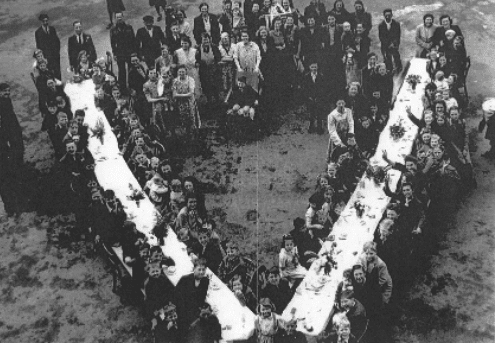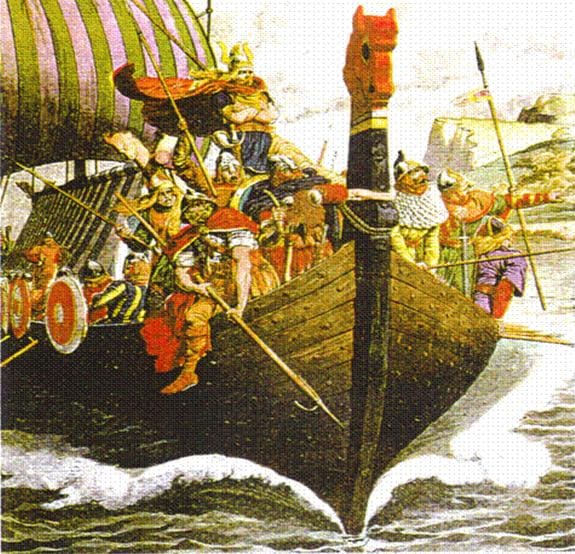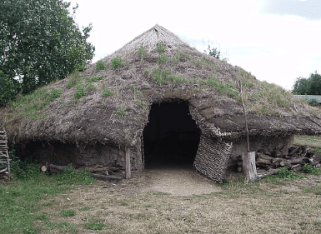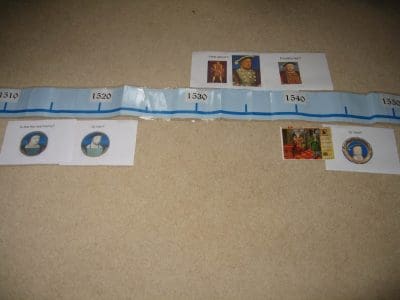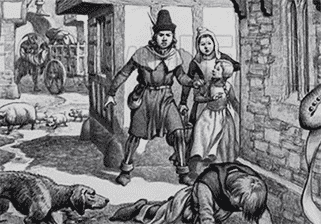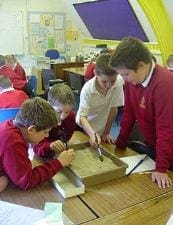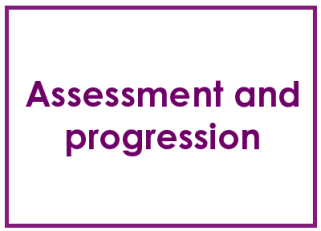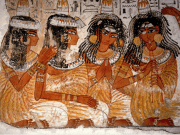
(NB This is not included on the planner)
How can we learn so much about Ancient Egypt from just these 6 objects?
After an initial stimulus ‘slow reveal’, pupils working groups to work out how historians manage to deduce so much from simple objects left behind by the Ancient Egyptians thousands of years ago. Pupils build their understanding by being shown how to interrogate 4 visual sources. After a deliberately teacher-led to build their knowledge and draw links between work on pharaohs, pyramids and the afterlife, pupils then carry out a “Which source tells us? activity . This is followed by solving the puzzle of a fascinating mystery object. Pupils work in team to consider the most plausible explanation using the Who Wants to be A Millionaire options.
Learning objectives
- To enable pupils to explore ancient objects in context so they can deduce meaning
- To work out, for themselves, how historians draw conclusions
- To deepen pupils’ understanding by showing how each of the four objects links to a central feature of Ancient Egyptian life and belief system such as pyramids, pharaohs, and the afterlife
Step1
The session begins with the slow reveal of one object- the Benben stone which sat atop pyramids. Slides 2-4 show progressively more of the stone. After each slide is shown, pupils have to make suggestions as to what they think they are looking at.
Now ask pupils what they think we can learn from just this capstone? Slide 5 gives some suggestions and serves as a model for the next slides.
Step 2
This activity is repeated with a clay model of four cows slide 6 to show how a very primitive object reveals a lot about life at the time. What do pupils think can be learned from this simple clay toy? Surely not much? The notes provided on slide 7 show just how much can be gleaned from this humble but very ancient source.
By showing these two contrasting objects, followed by a short commentary, pupils should be well primed for the main activity
Step 3
Rather than simply taking pupils through a tour of the next objects, instead give each group of 4 pupils a set of images of 4 of the following objects: Scarab beetles; shabti figures and box; clay figures at work; an artist’s palette. These are shown on slides 8,10,12, 14. Print 4 per page and cut up so pupils have one image each to start with. This is a good opportunity to differentiate. Some images would place unnecessary obstacles in front of some learners and others would offer no challenge to others. So in a mixed ability group, distribute as follows: scarab (easier); slightly harder: clay models (slightly harder) : shabti ( slightly harder still): make-up artist’s palette (challenging). Some will already have background knowledge so should be able to make informed guesses, but you will need to both support and challenge as they discuss.
Step 4 – Now the main part of the session
Below are 10 statements reproduced on a grid (RS1) for pupils to complete. An able reader in each team reads out the statement. Each team member has to think if they have the image being referred to wave it in the air. If all agree, write it on the grid. Speed is of the essence and it makes it more fun if its competitive per team, not individually. Which team can finish first, but without any mistakes!
Statements are:
a. The Ancient Egyptians worshipped a special type of beetle called a scarab beetle (1)
b. Sometimes they made plaques out of grey slate which were like artists’ palettes. These were used to mix colours for eye make-up (4)
c. After the scarab beetle, these were the most frequently found objects in tombs. They were called Ushabti figures (3)
d. The Ancient Egyptians made figures for the afterlife to show what they did on earth; things like baking and brewing beer. (2)
e. The Ancient Egyptians worshiped cow gods (4)
f. These objects were shown in many forms, sometimes as rings or brooches, often with wings ( showing (1)
g. Ancient Egyptians buried objects which were models of people which would help them in the afterlife (2)
h. After scarab beetles these were the items most often found in tombs? (3)
i. The Ancient Egyptians had kings of Upper Egypt and Lower Egypt. Each had a different style of headdress (4)
j. Sometimes you find sacred objects like this held up by animals, like baboons! (1)
k. Hundreds of these would be placed in tombs. They found in the boy King Tutankhamun’s tomb they found one of these for every day of the week plus another (3)
l. This shows how powerful kings would take control by force (4)
Step 5
Go over the answers included and then overlayer the learning by adding interesting and informative detail using the slides that follow each object on the presentation. Pay particular attention to slides 14-17 which carefully decode the complex palette of Narmer.
Step 6
Solving the puzzle of the mystery picture
Now show mystery slide 18 and 19 which have images of women who appear to have a cone on their heads. Pupils have to discuss in their groups what they think the strange cone-like objects in the picture are. Ask for suggestions (which will be creative, to say the least!) To focus the learning, offer 4 alternatives using slide 20. Play as if Who Wants to Be A Millionaire? What is the right answer? You can supply the mood music! Ask for a vote. The answer? They used to think it was 1 or 2 now they think it is 4? But they are still not sure!
There are a number of scholarly articles on the possible answer. https://www.livescience.com/ancient-egypt-head-cone-burial.html
Step 7
Conclude by showing slide 21. This slide is optional. It links to the head-cone mystery and also to the tomb of Tutankhamun which is why it is included here. This is a statue of Akhenaten, who was the pharaoh who built the city where the two head cones were discovered recently. He was the father of Tutankhamun and husband of Nefertiti. He believed in only one god, the god of the sun so was a pharaoh unlike all the others.

